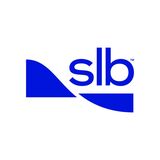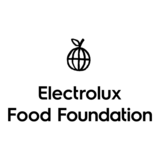Global Volunteers will be responsible for delivering immersive and artistic activities that inspire the flourishing of imagination, problem-solving, critical thinking, creativity, teamwork, and communication skills, which can be used across a range of occupational fields.
Project Activities
Week 1
Get to know the staff and beneficiaries
Onboarding space with partner to set expectations towards project artistic focus and beneficiaries development
Shadowing at workplace to understands the future routines and profiles you will work with
Training on how to manage and engage with project beneficiaries
Determinate measure of outcome system and material to be used
Week 2
Introductory session about the project, the SDG and presentation of the volunteer to the students
Bring interactive classes to understand throughout the week the beneficiaries' backgrounds with arts and their professional and personal dreams for the future
Design and prepare educational methodology and materials (from activities instructions to the raw material and ingredients)
Build and present activities calendar considering beneficiaries' from practical learning until "hands-on" i.e. peer tutoring, chain drawings, jigsaws, etc
Week 3
Run artistical first step activities with beneficiaries in order for them to have first contact with the different artistic materials and media (e.g. drawings vs painting, sculpturing, photographs etc.)
Bring activities that explore imagination, problem solving, critical thinking, creativity, teamwork and communication skills between the beneficiaries
Create a Personal Development Plan for each participant and tracking their improvement weekly by a coaching system
Week 4
Go outside of the classroom to explore the cities' cultural and artistic scene (e.g museums, galleries, local projects, art schools or panel with artists)
Deliver weekly lessons connecting the development of art and creativity skills with beneficiaries dreams and plans for the future
Bring data towards Arts & Employability in the world and request a case study or groups presentation about the connection of arts with their future (diversified by topics, research areas, cultures etc)
Use libraries and computer laboratories to diversify the research spaces and build an interactive environment for their case study
Week 5
Set up a "creative brainstorming" to define the project artistic development with the beneficiaries (e.g media they will work with, expected creation and how to do it)
Divide the final project into smaller activities and define the responsibles for each part of the whole creation (e.g by sorting, building groups of interests, connecting with previous activities deliveries, etc)
Conclude the main project and run an Art Exhibition with all the artistic activities from the past weeks
Week 6
Collect data from what you have learned
Analyse data to determinate outcome results (how does art develop cognitive skills?)
Build final project report and presented to AIESEC members and community
Present the results of the projects and add final recommendations on sustainable living


















